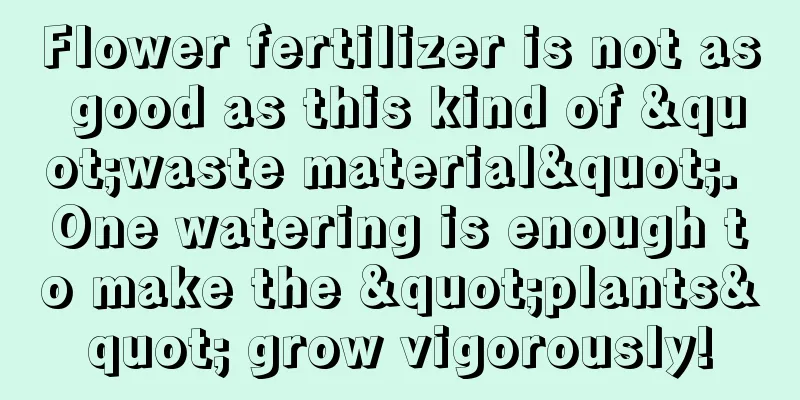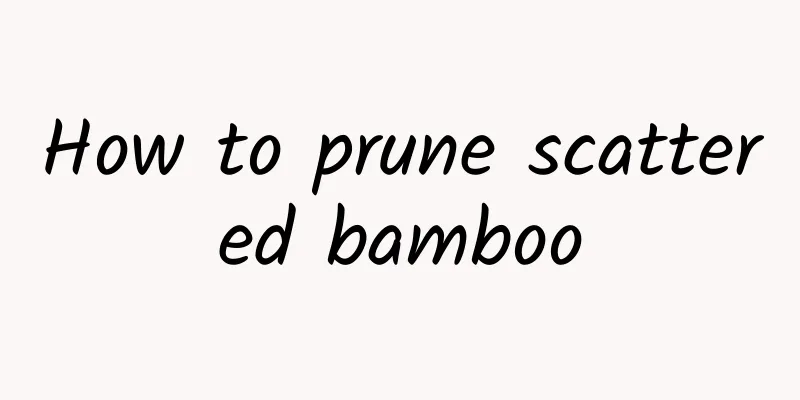Cultivation methods and precautions of Alstroemeria

How to grow AlstroemeriaPot soil selectionFor potted Alstroemeria, you can choose a 12cm-15cm flowerpot and repot it as the Alstroemeria grows. It is best to choose loose, fertile, well-drained, slightly acidic soil by mixing leaf mold or peat soil with garden soil and coarse sand. Light and temperatureAlstroemeria likes sunlight and needs sufficient light during its growth period. Insufficient light will affect the growth and flowering of the plant. In early spring, late autumn and winter when the daylight hours are short, supplementary lighting measures can be taken. In summer when the sunlight is too strong, shade can be provided to avoid exposure. The suitable growth temperature for Alstroemeria is between 15℃ and 25℃. It likes warmth and is not cold-resistant. It is also not heat-resistant in summer and needs a cooler climate. Keeping the temperature above 10℃ in winter can ensure safe wintering. When the temperature is too high in summer, it is easy to go dormant and needs to increase ventilation and spray water to cool down. Water and fertilizer managementAlstroemeria likes moisture and needs sufficient water supply during the growing season to maintain a high humidity. It will be semi-dormant in summer and will also enter a dormant state in winter when the temperature is low. It is necessary to control the water content, keep it dry, or even stop watering. Be careful not to let the humidity in the pot be too high. Fertilization should be moderate. In addition to applying sufficient base fertilizer when planting, topdressing is also needed during the growth period. Generally, nitrogen fertilizer is applied to promote growth; potassium fertilizer is applied during the flowering period; during the high temperature period in summer, the number of fertilizations should be reduced. Precautions for the cultivation of six petalsReproduction methodThe propagation of Alstroemeria is mostly by sowing, which is carried out in autumn from October to November. Division is also possible, and it can also be done around October. In addition, tissue culture can also be performed. Pests and diseasesThe main disease of six-petaled flower is root rot, which requires spraying with pesticides. The main insect pests are aphids, which need to be killed in time. |
<<: Cultivation methods and precautions of Ageratum
>>: Cultivation methods and precautions of tricolor millennium wood
Recommend
What water should I use to make aloe vera grow faster?
1. What kind of water should be poured Aloe vera ...
The reason why gardenia does not bloom but only grows leaves
1. Incorrect water and fertilizer The normal grow...
Cultivation method of Millettia odorata
1. Introduction Millettia odorata is a plant of t...
How to keep double-petaled sunflowers alive during the winter?
The double-petaled sunflower is a beautiful flowe...
The meaning and symbolism of lotus
1. Meaning The lotus is our traditional famous fl...
Peanut growing conditions and characteristics
Peanut Growing Conditions Peanuts prefer a warm, ...
Daisy's growing environment and growing conditions
Daisy Growth Environment and Conditions Daisies w...
How to plant loofah?
Luffa is a vegetable with strong adaptability and...
What to do if the jade dew turns black
1. Increase the temperature 1. Reason: Jade plant...
How to grow golden lotus
Fertilization When growing nasturtiums, appropria...
5 ways to propagate green radish, one of which can make it climb all over the wall
Method 1 of cuttings of green radish Prepare the ...
Breeding methods and precautions of Zui Meiren
1. Maintenance methods 1. Light management: The D...
The efficacy and function of Amaranth
Medicinal value This is the most important value ...
Can straw be used as fertilizer?
Straw as fertilizer Straw can generally be used a...
How to revive dead bonsai
1. Methods No matter what kind of bonsai you plan...









